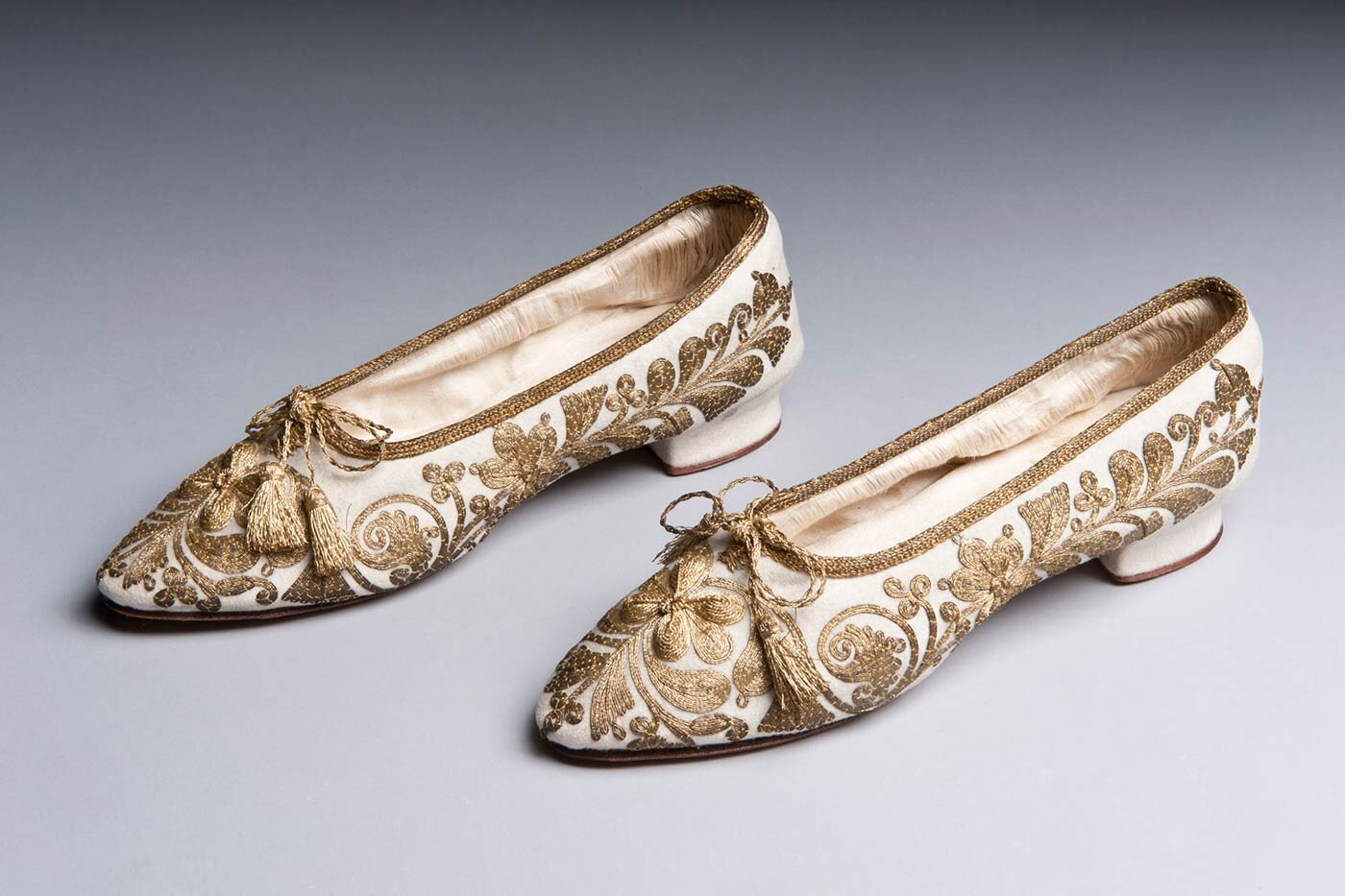To Have and to Hold: Traditional Armenian
Wedding Textiles
Wedding photo of Museum Curators, Gary and Susan Lind-Sinanian, who had a traditional Armenian Wedding ceremony in 1977.
As summer settles in we are entering the wedding season! Images of big white gowns, impressive bouquets, elaborate ceremonies, and dancing come to mind. While some of this can be seen in traditional Armenian weddings, the truth is they often look very different from this Western vision of a wedding, or even other non-Western celebrations.
Traditional Armenian life was based on cycles: the seasons of agriculture, the liturgical calendar of the Armenian Church, and the ritual passages of life including childhood, maturity, marriage, and parenthood. One of the most important life passages was the wedding ceremony and a multitude of customs developed around this change of status, central to the continuation of the family.
One of the important rituals was the dressing of the bride, the special clothing used to mark the change of the woman's status. Women married young -- in villages as young as 11 years old, in the urban centers a bit older, sometimes as old as 16 to allow the girl to finish her education. After marriage she would become part of a different extended household.
Of all the garb a woman would wear for the celebration, the wedding dress was the most important and the most precious. It was not a separate “wedding dress,” never to be worn again. It was instead the woman's finest garment, carefully preserved to be worn on special social occasions. As such, the dress was safeguarded and often passed on to the next generation. The Armenian Museum has several examples of wedding garments and accessories - including men’s - in its collection, and they demonstrate regional differences in style and technique.
Please click through the slideshow to see just a few samples from our collection as curated by Susan and Gary Lind-Sinanian, pictured at their 1977 traditional Armenian wedding ceremony in the image above!
Captions are available by hovering your cursor over the images.








